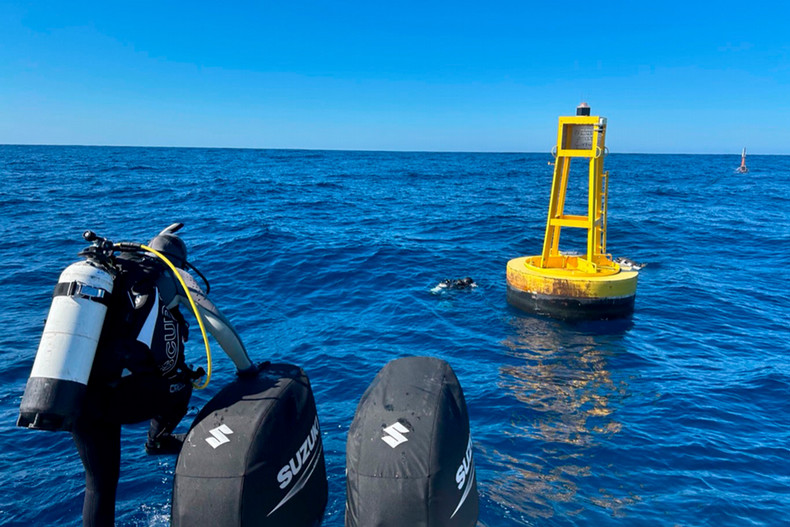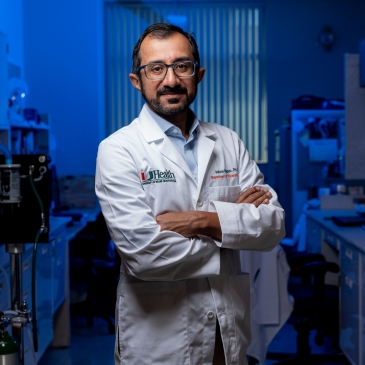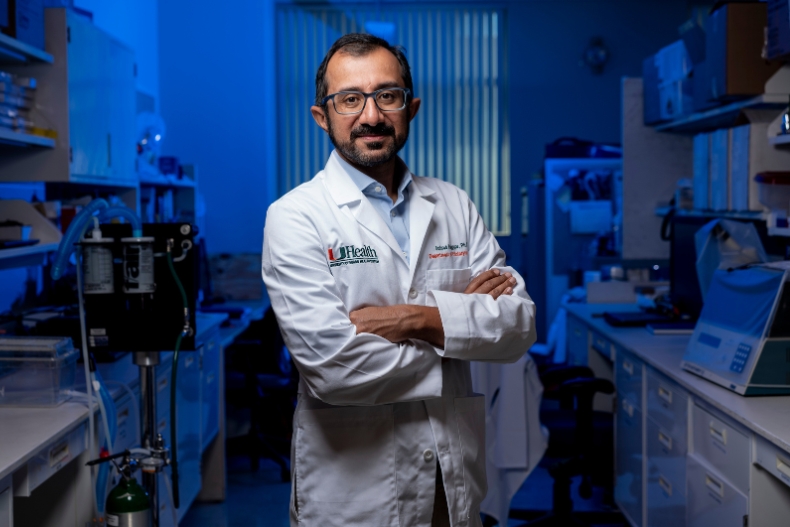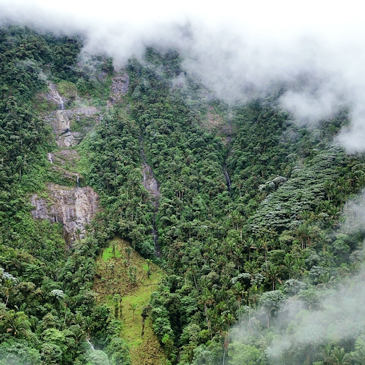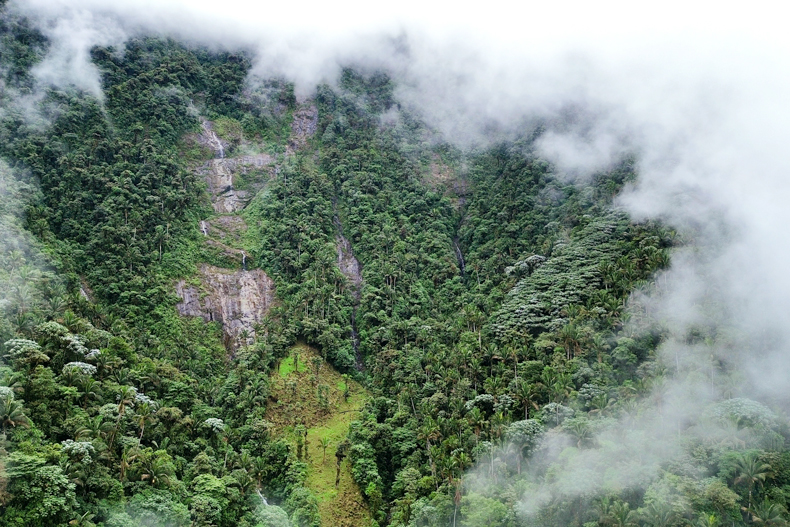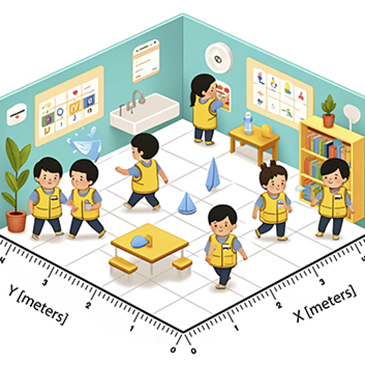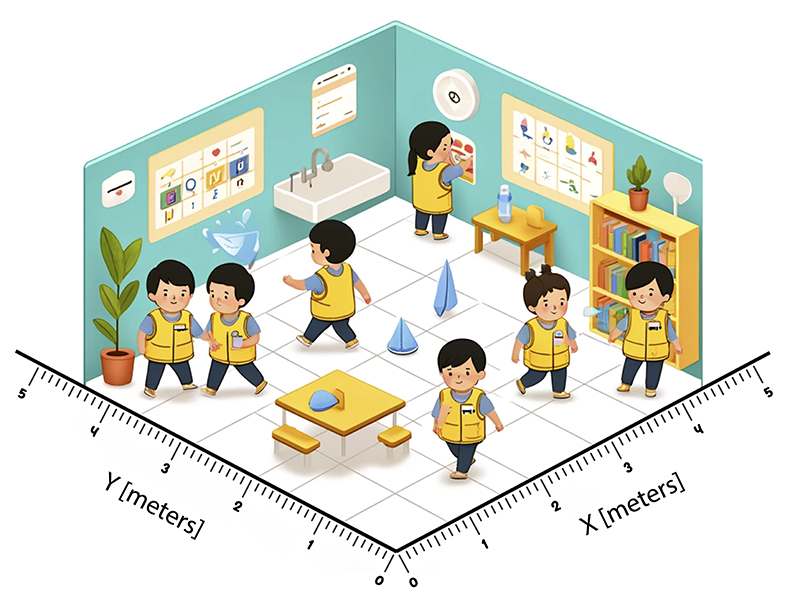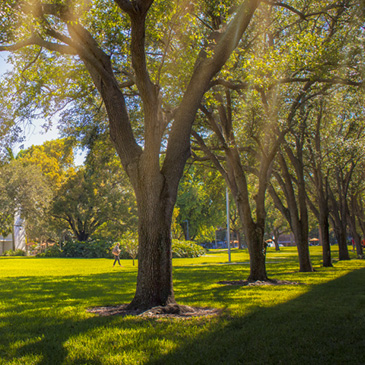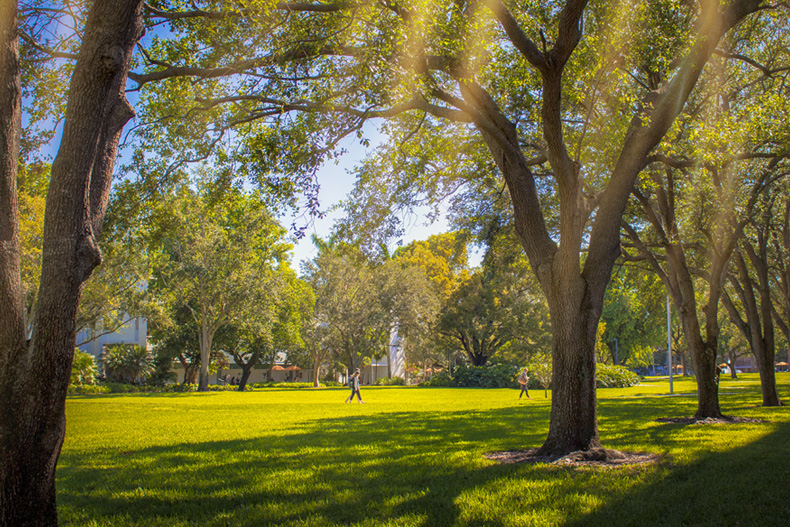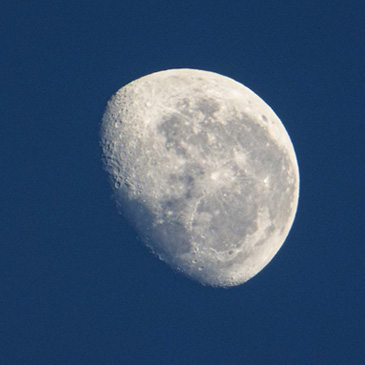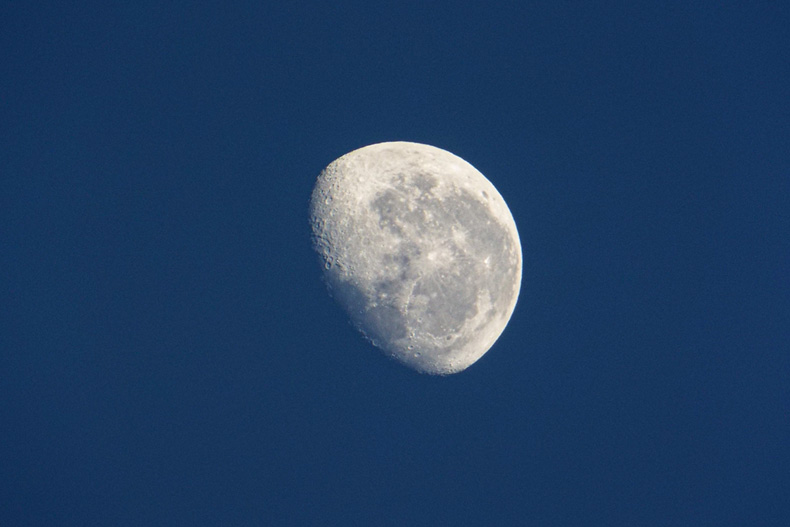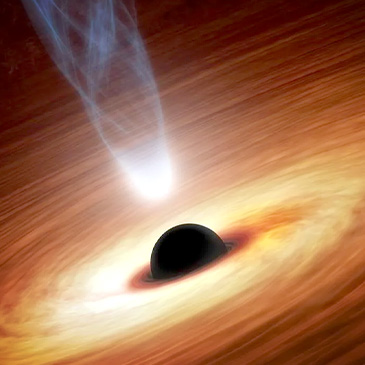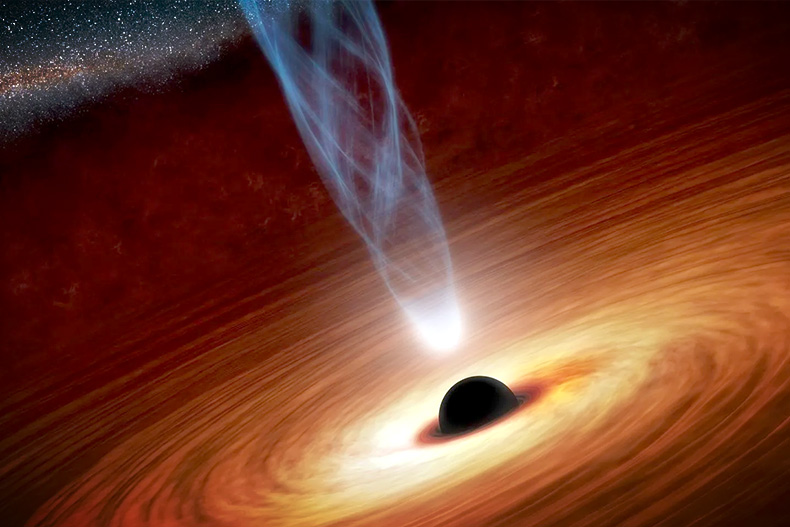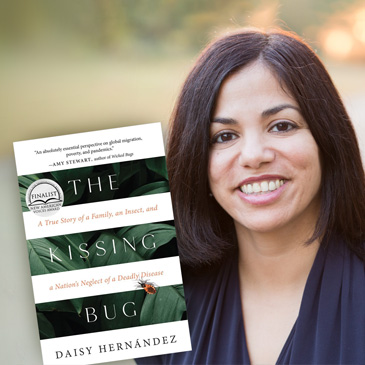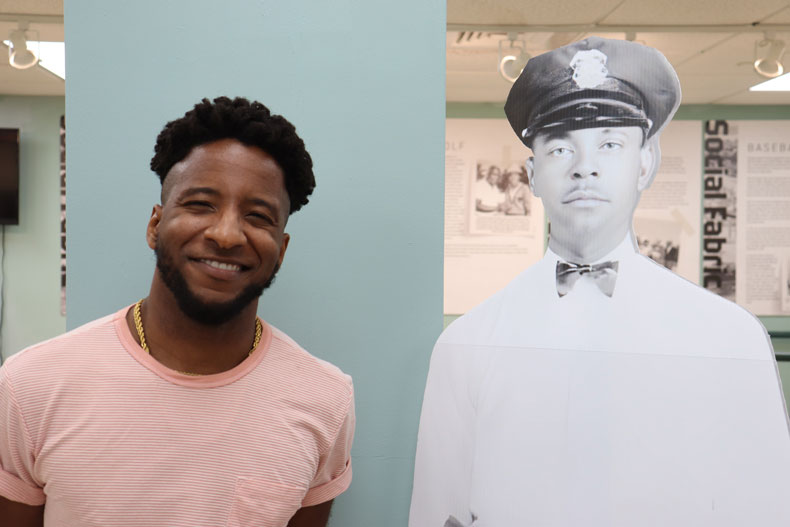College of Arts and Sciences | News & Events | University of Miami
Monitoring the ocean from space
University of Miami physicists are collaborating with NASA to track ocean color, a key indicator of ocean health.
Students lean toward collaboration and civic discourse
The University’s Civic Synergy program teaches the skills of civic deliberation that bridge divisive divides and spur policy progress.
Taking research to the marketplace
The University of Miami joins a new innovation network aimed at helping scientists, engineers, and entrepreneurs turn research into market-ready products.
Renewed wonder in the cloud forests of Ecuador
Recent expeditions reveal that unique plants presumed to be extinct are still hanging on in the forest patches of Centinela, Ecuador, lauded as a hotspot for biodiversity.
Kids move like water vapor molecules
Physics graduate student Debasish Sarker shares how his research studying the motion of preschool children in classroom settings has implications across various fields.
Design thinking students team up with Hollywood stars
Students in a new course in the College of Arts and Sciences are collaborating with Disney star Calum Worthy and film producer Russell Geyser to come up with applications for a new technology.
The trees of Miami’s future
New research indicates that to keep Miami’s tree canopy resilient, tropical species may be the best option for local municipalities and environmental leaders to consider.
The new space race: Mining for minerals on asteroids
The temporary “mini moon” now orbiting Earth until late November is a reminder of just how fascinating our solar system can be. It’s also a sign of the tremendous potential for space mining.
‘Hands-on, minds-on’ learning: Revolutionizing early science education
Through research and community outreach, Daryl Greenfield is on a mission to improve how science is taught to young children.
Astrophysicist takes ‘supermassive’ leap in the study of black holes
Nico Cappelluti has been studying supermassive black holes for nearly two decades. NASA recently selected a project he is involved with for closer review, taking him one step closer to understanding the origins of these mysterious cosmic objects.
One Book, One U shares poignant stories
University of Miami alumna Daisy Hernández is the author of the book “The Kissing Bug: A True Story of a Family, an Insect, and a Nation’s Neglect of a Deadly Disease.”
Applying the humanities to preserve Miami’s history
A College of Arts and Sciences doctoral student explores storytelling in a museum setting through his work with Miami’s Black Police Precinct and Courthouse Museum.



